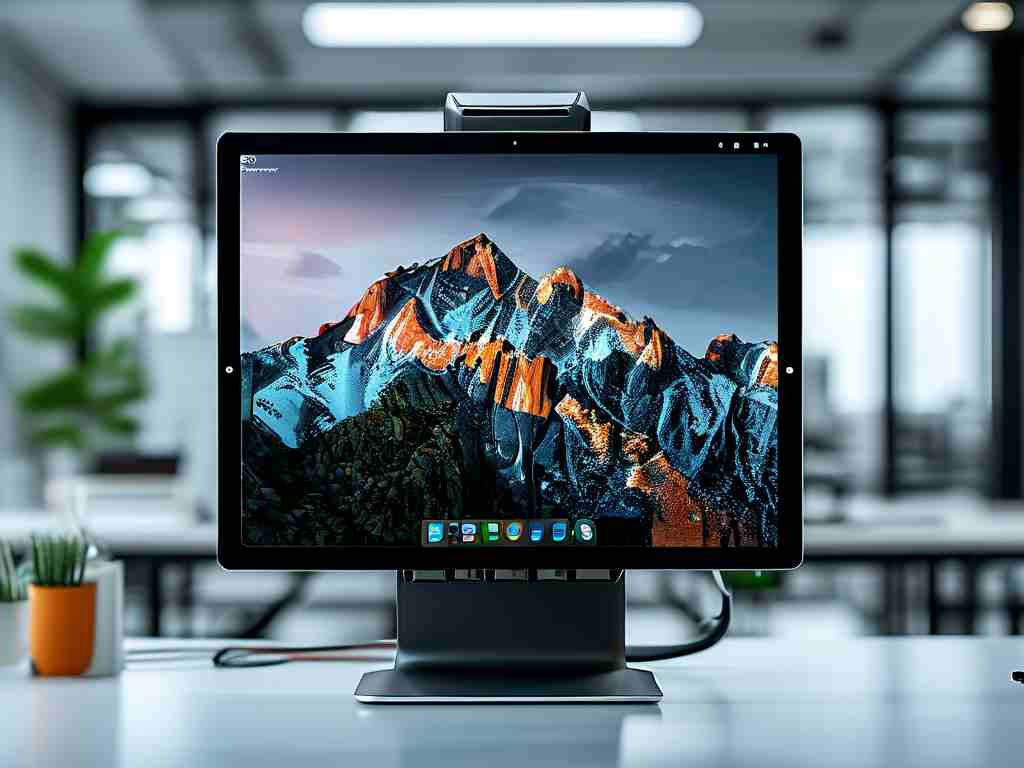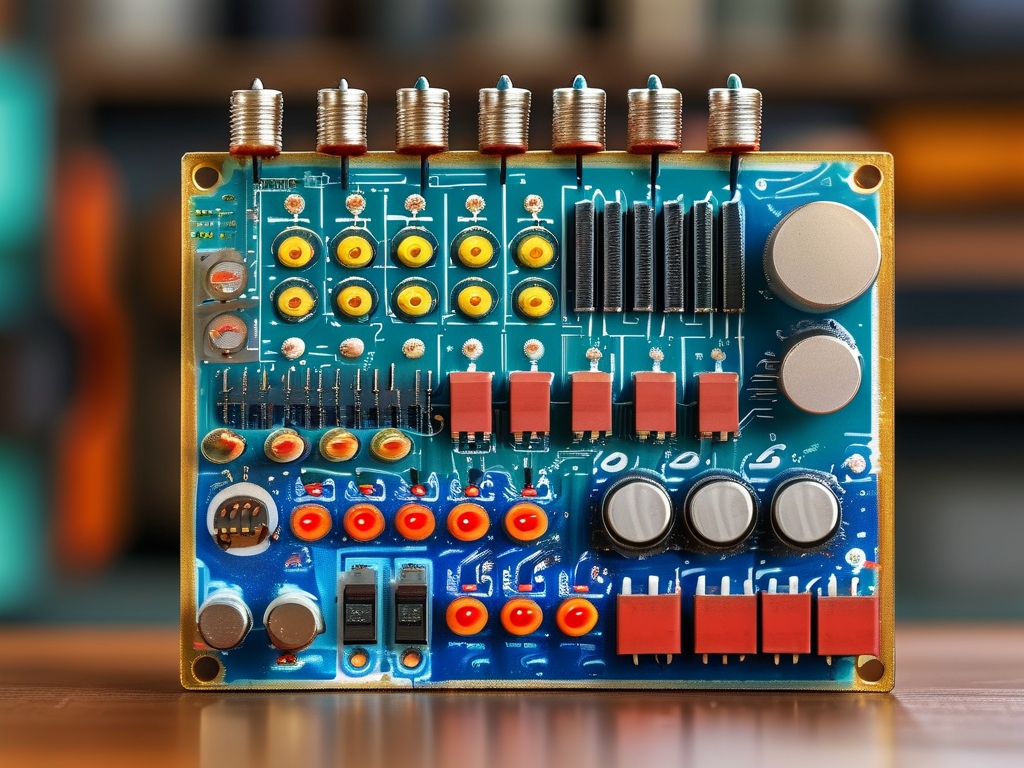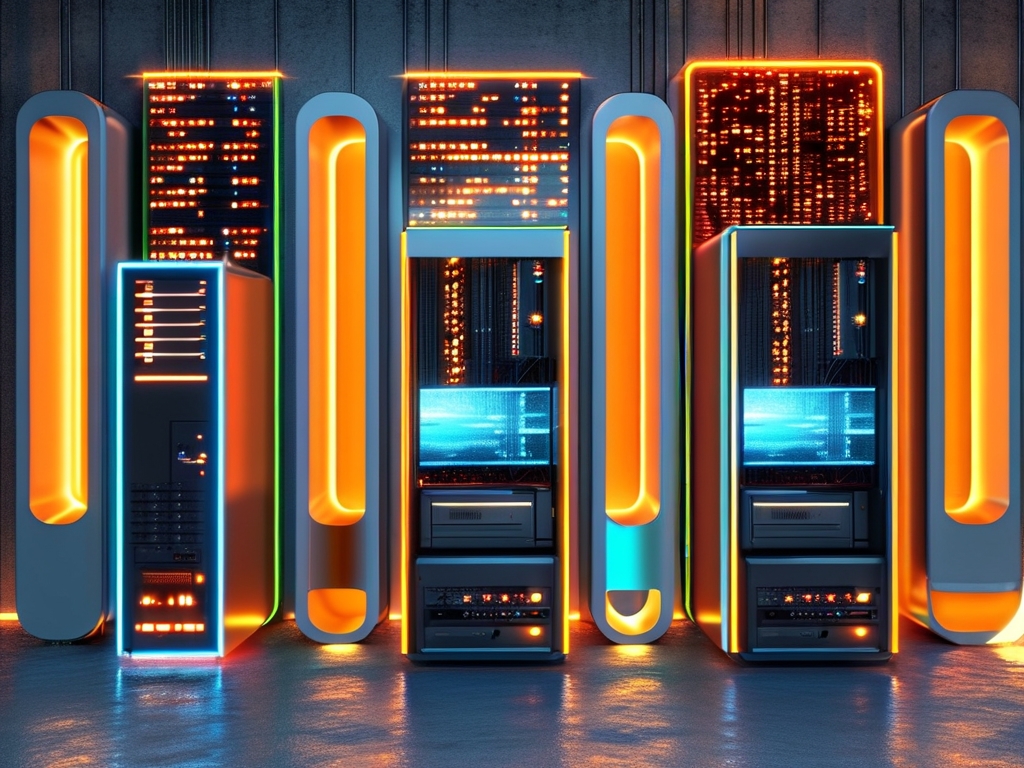In the rapidly evolving landscape of technology, embedded development continues to drive innovation across industries. This article explores three groundbreaking embedded systems projects that demonstrate the seamless integration of hardware and software, while highlighting practical code implementations and design philosophies.

1. Smart Agricultural Monitoring System
A recent breakthrough in precision farming involves a low-power embedded device combining soil moisture sensors, LoRaWAN communication, and machine learning algorithms. The system's firmware, developed using FreeRTOS on an ESP32 microcontroller, processes sensor data every 15 minutes:
void task_sensor_read(void *pvParameters) {
while(1) {
float moisture = read_capacitive_sensor(ADC1_CHANNEL_4);
if(moisture < 30.0f) {
lora_send_alert(IRRIGATION_TRIGGER);
}
vTaskDelay(900000 / portTICK_PERIOD_MS); // 15-minute interval
}
}
Field tests in California vineyards showed 40% water savings compared to traditional irrigation methods. The housing design features IP67-rated enclosures with solar-powered charging, demonstrating how embedded solutions can address sustainability challenges.
2. Industrial Predictive Maintenance Module
A Munich-based engineering team created vibration analysis hardware using STM32H7 processors and custom FFT algorithms. Their edge computing approach processes machinery data locally, reducing cloud dependency:
def analyze_vibration(raw_data):
spectrum = np.fft.rfft(raw_data)
dominant_freq = np.argmax(np.abs(spectrum[1:])) + 1 # Skip DC offset
return dominant_freq * SAMPLING_RATE / FFT_SIZE
Deployed in manufacturing plants, these modules detected bearing failures 72 hours in advance with 92% accuracy. The project highlights the importance of real-time processing in industrial embedded systems and showcases optimized memory management techniques for resource-constrained environments.
3. Medical Wearable for Epilepsy Detection
A bioengineering startup developed a wearable EEG monitor using Nordic Semiconductor's nRF5340 SoC. The device employs convolutional neural networks (CNNs) compressed via TensorFlow Lite for microcontrollers:
TfLiteStatus invoke_status = interpreter->Invoke();
if (invoke_status != kTfLiteOk) {
log_error("Inference failed");
} else {
float* output = interpreter->output(0)->data.f;
if(output[1] > 0.85) { // Seizure probability threshold
trigger_alert();
}
}
Clinical trials demonstrated 86% sensitivity in seizure prediction, illustrating how embedded systems enable life-critical applications. The design team overcame challenges in power optimization, achieving 14-day battery life through dynamic clock scaling and interrupt-driven architectures.
Cross-Project Insights
These implementations share common technical challenges:
- Balancing computational requirements with energy efficiency
- Implementing reliable over-the-air (OTA) updates
- Ensuring signal integrity in noisy environments
Developers emphasized the value of hardware abstraction layers (HALs) and proper documentation. As RISC-V architectures gain momentum, many teams are migrating from ARM to open-source alternatives for cost-sensitive applications.
Future Directions
Emerging trends include:
- Quantum-resistant cryptography in secure bootloaders
- Neuromorphic computing for sensor fusion
- Matter protocol adoption for smart home interoperability
The showcased projects prove that modern embedded development requires not just coding skills, but interdisciplinary knowledge in circuit design, wireless protocols, and domain-specific requirements. As tools like PlatformIO and Zephyr RTOS mature, they're lowering barriers for complex embedded implementations while maintaining rigorous performance standards.






